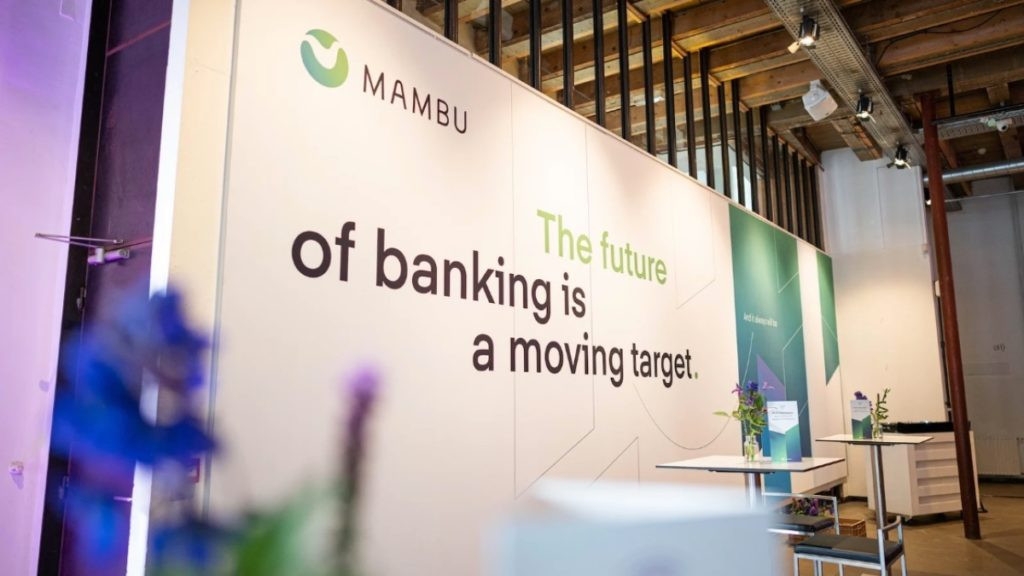Vietnam faces a possible gap in financial accessibility and awareness
 |
| Vietnam faces a possible gap in financial accessibility and awareness |
A study of 2,000 global consumers released today by Mambu, the market-leading banking and financial services platform, revealed that both banked and unbanked individuals feel underserved, with 56 per cent of banked customers globally claiming that there are other services they should be able to access.
“With more than 1.7 billion unbanked adults globally, the data that’s usually reported points us to emerging markets and geographical barriers to access. However, the gap in accessibility on a global level should not be ignored,” said Elliott Limb, Mambu’s chief customer officer.
Accordingly, up to 81 per cent of banked customers globally think that the situation would be improved if they knew more about how finances worked, and more than 58 per cent of unbanked also shared the same thought.
In addition, 65 per cent of unbanked customers are not satisfied with their current financial situation. In the banked community, 25 per cent of respondents are not satisfied with their current level of knowledge about their finances and the options they are being offered.
The report shows that the need to increase awareness and understanding of customers' financial services needs is increasing globally, and Vietnam, an emerging economy, is no exception.
According to the State Bank of Vietnam's statistics in 2020, 70 per cent of adults in Vietnam have a bank account, but nearly half of them do not have access to credit. According to Agribank, more than 70 per cent of the population is concentrated in rural areas, but access to modern banking services in these areas is very limited. This is a noticeably big gap that banks and credit institutions need to pay attention to in order to give a thorough introduction and guidelines to a considerable number of potential customers.
 |
| Vietnamese banks and credit institutions should offer more introduction and guideline to customers |
On the other hand, in recent years, thanks to the development of digital technology and the digital transformation process among banks, mobile banking applications have played an important role in the financial inclusion journey. Banks have been able to reach customers in places without a physical bank headquarters or branches.
In fact, cashless transactions in Vietnam have increased by 75.2 per cent in the first nine months of 2020, compared to the same period last year. Online shopping grew exponentially, ranking third in Southeast Asia in terms of visits to online shopping apps in the second quarter of 2020.
The prime minister of Vietnam has also approved a comprehensive financial strategy with the goal that by the end of 2025, at least 80 per cent of adults will have a bank account. Additionally, the Mobile Money program will be piloted in the next two years to stimulate the cashless economy and at the same time improve the financial capacity of millions of people.
The above factors encourage people to learn and use financial services while promoting digital transformation among banks and credit institutions, "taking a shortcut" to meet the needs of customers. Statistic from the SBV shows that 94 per cent of banks in Vietnam have or are planning to go digital.
The field of digital banking in Vietnam has drawn the participation of not only the banking industry but also fintech and telecommunications companies. Instead of competing with each other, there is increasing collaboration between technology companies and credit institutions to ride on each side's strengths.
New technology solutions are changing the financial services landscape in Vietnam, include new forms of online payment such as e-wallets, QR codes, digital banking products incorporating AI, data analytics, and cloud computing to personalise the customer experience through their one and inseparable thing – smartphone.
According to Pham Quang Minh, general manager of Mambu Vietnam, "Technology solutions that leverage true software as a service (SaaS), cloud-native, and API-first platform allow banks to 'compose' any desired product and service by 'assembling' best-of-breed components and independently connecting them together. The 'composable banking' approach will help banks digitise quickly, flexibly, economically, and provides a “customer-centric” experience while meeting the constantly changing needs of customers in the 4.0 era."
What the stars mean:
★ Poor ★ ★ Promising ★★★ Good ★★★★ Very good ★★★★★ Exceptional
Related Contents
Latest News
More News
- Banks gear up for massive capital increases (December 18, 2025 | 17:04)
- Securing capital and efficiency for Vietnam’s 2026-2030 growth ambitions (December 17, 2025 | 10:00)
- Energy sector in need of blended finance mechanisms (December 17, 2025 | 09:00)
- Vietnam still has room to mobilise capital for sustainable growth (December 17, 2025 | 08:57)
- Long-term capital seen as key hurdle to green growth (December 16, 2025 | 08:00)
- Gold prices swing amid tax debate and import uncertainty (December 15, 2025 | 18:04)
- Agribank frames bank credit as catalyst for green growth (December 15, 2025 | 17:59)
- Vietnam’s green transition demands collective financial action (December 15, 2025 | 12:00)
- VIR workshop highlights capital and policy for sustainable development (December 15, 2025 | 11:00)
- Promoting digital assets initiative in Vietnam (December 13, 2025 | 09:30)

 Tag:
Tag:






















 Mobile Version
Mobile Version